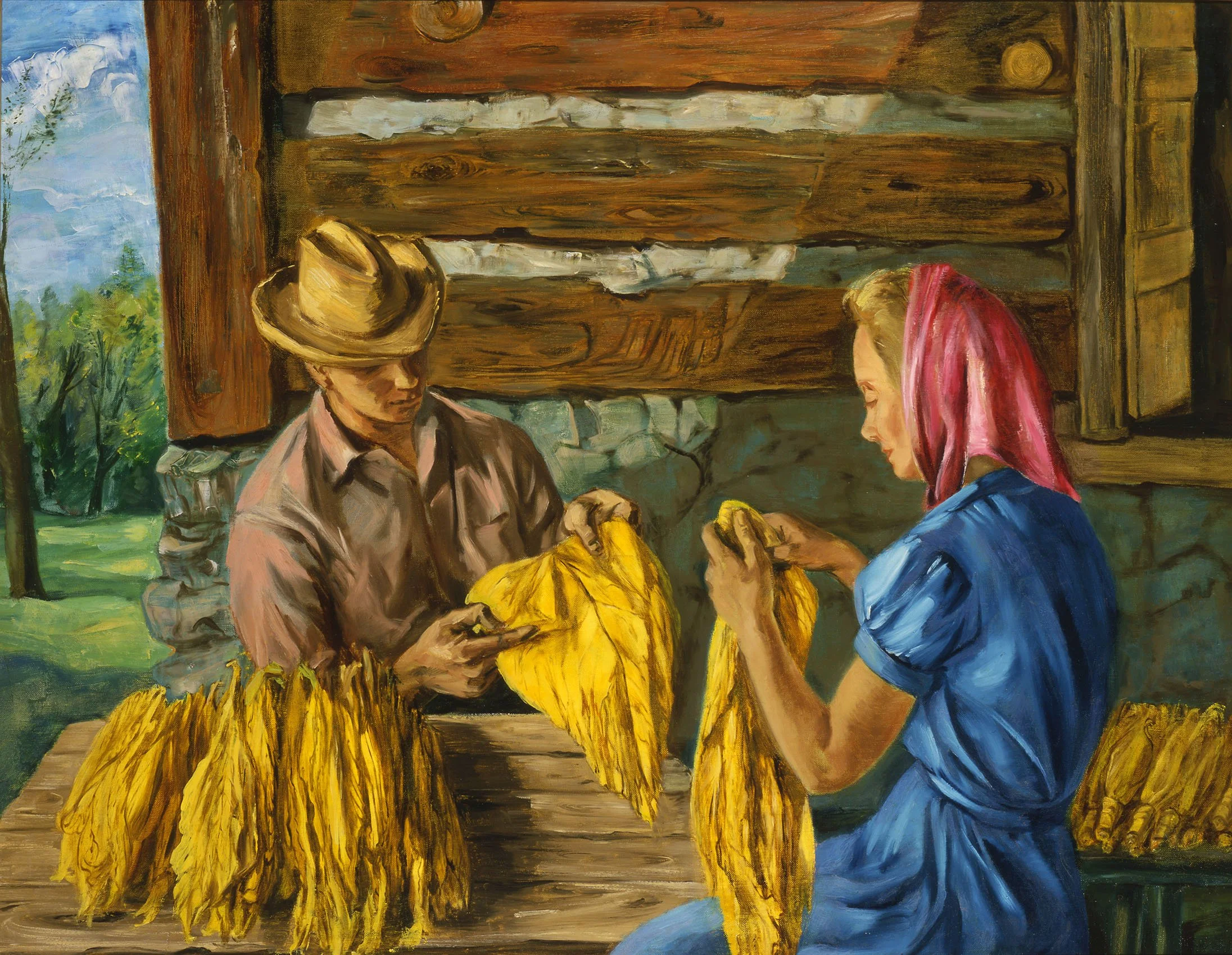FREDERIC TAUBES (1900-1981)
Available Work | Biography
Biography • Frederic Taubes (1900-1981)
During a long and productive career, Frederic Taubes achieved success in a number of fields. As a painter he won critical acclaim for his technical skills; major museums purchased his work and he had numerous one-man exhibitions. As a writer he wrote over 400 essays about art and published more than 40 books, many of which became standard textbooks for art students. As a teacher he served on the faculty of eight universities and developed painting materials still in use today.
Frederic Taubes was born in the city of Lwow, Poland in 1900. His father was a banker and a native of Romania, and his mother was Polish. His talent was identified at a young age and he begun to work under a local prominent painter. In 1914 Taubes and his family moved to Vienna where he spent the next four years studying the old masters at the Academy of Art and in the collections of the great museums. After the World War I ended, Taubes went to Munich to study at the Art Academy under Franz von Stuck and Max Doerner. Around 1920 Taubes joined the experimental art school, the Bauhaus, in Weimar, Germany. Taubes exhibited in Vienna and Poland and traveled throughout Europe as an illustrator and free-lance painter getting work where he could. In 1929 Taubes left for a painting tour of Asia Minor and continued on to New York in 1930.
After settling in New York Taubes established a reputation and supported himself as a society portraitist. He focused on figurative works throughout his long career. Midtown Galleries represented Taubes in the 1930s and then Associated American Artists and Macbeth Galleries in the 1940s. By the late 1930s Taubes was invited to exhibit at such major institutions as the Carnegie Institute, the Corcoran Gallery of Art (1939-57), the Pennsylvania Academy of the Fine Arts (1937-60), the Art Institute of Chicago (1936-45) and the Whitney Museum of American Art (1938-57).
In the early 1940s, the American Tobacco Company commissioned artists to paint images of the tobacco industry. Taubes was one of the artists chosen, along with such artists as Thomas Hart Benton, Arnold Blanch, Georges Schreiber, Ernest Fiene, John Steuart Curry, Doris Lee and Peter Hurd.
While spending two years in the Midwest teaching at the University of Illinois, Frederic Taubes discovered and approximated the painting media used in 14th and 15th century Flemish paintings, works known for their durability. Following this research in 1942 Taubes developed a line of varnishes and painting media which became commercially available. Between 1943 and 1962 Taubes wrote a regular column, “The Taubes Page,” in American Artist magazine. His knowledge of the old masters and the use of their techniques applied to modern painting allowed him many visiting professor opportunities.
Although he never stopped painting, after 1955 Taubes spent most of his time writing books and articles. He died in New York in 1981.
